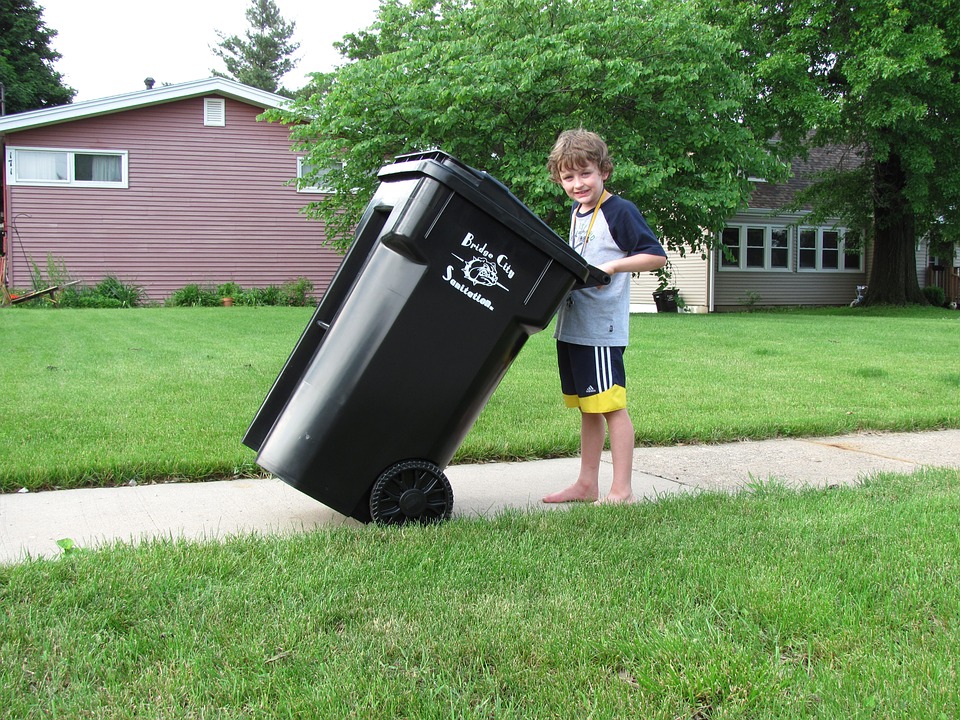
Waste is not just waste, and it is not only just garbage. Many waste products can be recycled and reused so they can be once again turned into useful products. These recycled products can provide green energy like fuel or electricity. The various methods of transforming waste into energy can be used to create electricity and heat via the incineration of waste.
Waste also creates energy that is used in the production of fuels like ethanol, synthetic fuel and methane. These fuels are created through a process known as combustion. However, there are other processes used by biomedical engineers with a master of engineering in biomedical engineering degree to transform waste into energy. These include thermal and non-thermal processes.
Non-thermal technologies are mechanical biological, fermentation and anaerobic digestion. This energy conversion occurs in landfills when there is anaerobic digestion available for the waste.
What are Thermal Technologies?
Gasification, thermal deploymerization and pyrolysis, along with PGP (plasma gasification) are used in the process of creating thermal technologies. There are some thermal technologies where the majority of carbon content ends up being emitted into the atmosphere as carbon dioxide. This carbon dioxide is emitted especially after the final combustion for the products is derived from pyrolysis.
Biosphere technology is constantly advancing, and online MEBME degree graduates are constantly researching new ways to generate new energy through this method. This technology system is only one example of energy being created from gasification waste. This energy that is created can then ecologically convert the waste materials into green energy. The entire energy conversion process is a further step in helping to increase the production of green energy and waste management. Plasma gasification is one other option.
Plasma Gasification
Also known as PGP in the biomedical industry, it is a process where extremely high heat is applied to the waste materials. The process is done in an environment that is closed, controlled and free of oxygen. During the process, waste is converted into heat that is clean and synthetic. The gas that is produced can be used in the production of electricity.
The PGP Process
It is important to not confuse the PGP process as simply another type of incineration. Instead, it is a process that creates energy in an environment that is oxygen starved. Burning does not occur because there is no oxygen present.
Extreme heat is used on the waste materials in a small area with minimal oxygen. The waste is further broken down into small molecules, and then combined together again into a synthetic gas that is full of energy. Thus, this makes the process far more complicated than the use of incineration to create energy. Emissions are not released into the atmosphere. The best thing is that all the products can be used again.
The following types of waste can be processed through by PGP:
- Rubber tires
- Biomedical waste
- Paper mill waste
- Street drugs
- Soil contaminated by lead
- Biomass
There are really no limits to the amount and type of waste that has the ability to be processed through plasma gasification. PGP is considered one of the most environmentally friendly and cleanest ways to recycle and recycle waste.





Leave a Comment